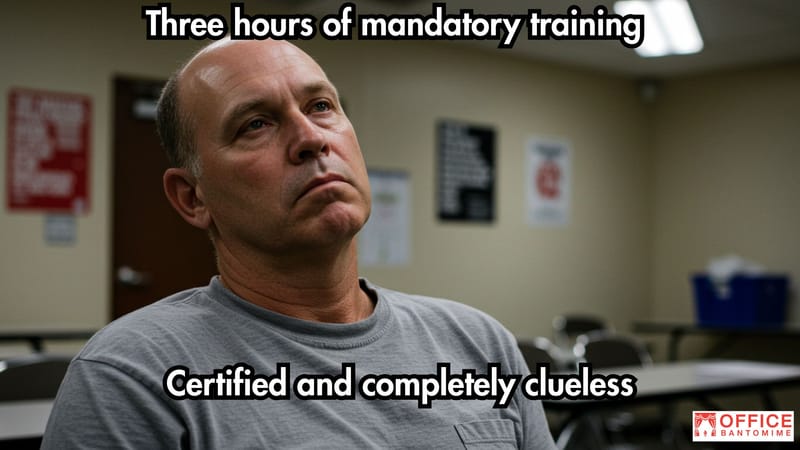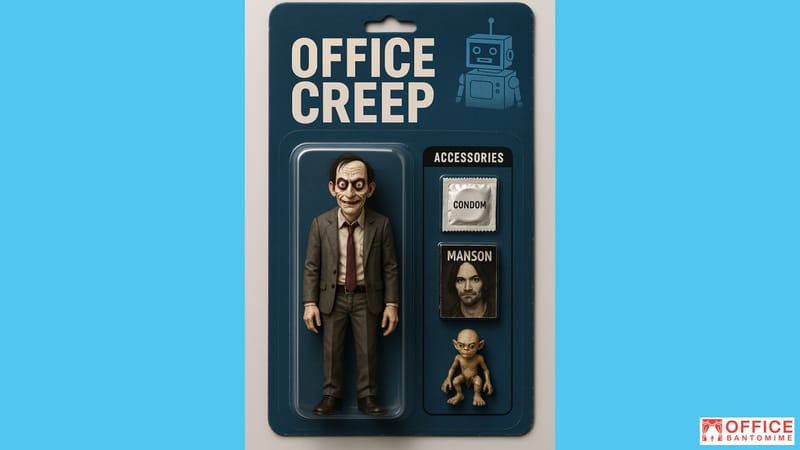Is It Time to Say Goodbye to the Nine-to-Five?
Is the 9-to-5 grind holding you back? Explore the origins, impact of COVID-19 on flexible work, and discover if the traditional workday truly leads to happiness, or if it's time for a career shift.
What if after dedicating 50 years to the nine-to-five grind, you finally retire—only to find yourself scraping by, stuck with a modest pension, living in a small, unheated home, with healthcare out of reach? It’s a sobering thought.
This isn’t about religious beliefs or literal hell but about the very real possibility of spending half your life in a routine that doesn’t yield the freedom and security you deserve.
The Origins of the Nine-to-Five
Where did the widespread 9-to-5 workday structure originate? The nine-to-five schedule emerged during the Industrial Revolution as a necessary improvement over the long and exploitative hours that workers—often including children—endured in the 19th century.
Back then, factory employees often worked 10 to 16 hours a day, six days a week. The labor movement played a crucial role in advocating for reasonable working hours and a more balanced life. In 1926, Henry Ford made headlines by introducing the eight-hour workday and five-day workweek at the Ford Motor Company. He believed that well-rested employees were more productive and that more free time would lead to greater spending, ultimately benefiting the economy.
Ford's initiative had a profound influence on industries around the world, laying the foundation for the standard work schedule we recognize today. Labor laws, such as the Fair Labor Standards Act (FLSA) of 1938 in the United States, solidified this framework by establishing a maximum 40-hour workweek and mandating overtime pay.
According to a Microsoft Work Trend Report, the 9-to-5 workday is disappearing, as the increase in remote work has allowed for more flexible hours.

Did COVID-19 Change the Nine-to-Five Forever?
Without a doubt! The COVID-19 pandemic showed that remote work could be just as, if not more, productive. Many organizations embraced flexible hours as employees no longer needed to commit to long commutes. Instead of a rigid nine-to-five, many workers now choose hours that suit them—some prefer eight to four, others ten to six.
The pandemic-era shift wasn’t just about where people worked but how they worked. Flexibility and autonomy became key, allowing people to take breaks as needed without feeling watched. While most organizations still expect employees to complete their “core hours,” the traditional nine-to-five structure has undeniably evolved.
Why Do People Still Choose to Work This Schedule?
Despite the changing work landscape, many people remain in traditional nine-to-five roles—or even work longer hours. So, why are they staying?
- Fear of the Unknown
For many, leaving the nine-to-five routine feels like stepping out of their comfort zone. In a turbulent economic climate, taking career risks can seem daunting, pushing employees to stick with the familiar rather than explore uncertain options. - Comfort Over Ambition
Some people are simply content with their routine. The daily grind, while predictable, brings them a level of security they’re not willing to risk. For them, a lower-stress existence with a stable paycheck at month’s end is enough.
Can You Truly Be Happy in a Nine-to-Five?
Let’s not overlook the positives of a traditional nine-to-five job. For many, it’s a fulfilling way to work, surrounded by colleagues who feel like family, sharing laughs that make the day enjoyable. Some workers, from project managers to accountants to consultants, are exactly where they want to be, relishing the balance between structured work hours and a free evening to unwind.
The secret lies in aligning your career with your passions. If you’ve chosen a profession that happens to follow a nine-to-five schedule and find joy in it, then you’re right where you should be. The goal is not necessarily to escape the nine-to-five—it’s to create a career that resonates with you, whether it’s in a structured setting or something entirely different.







